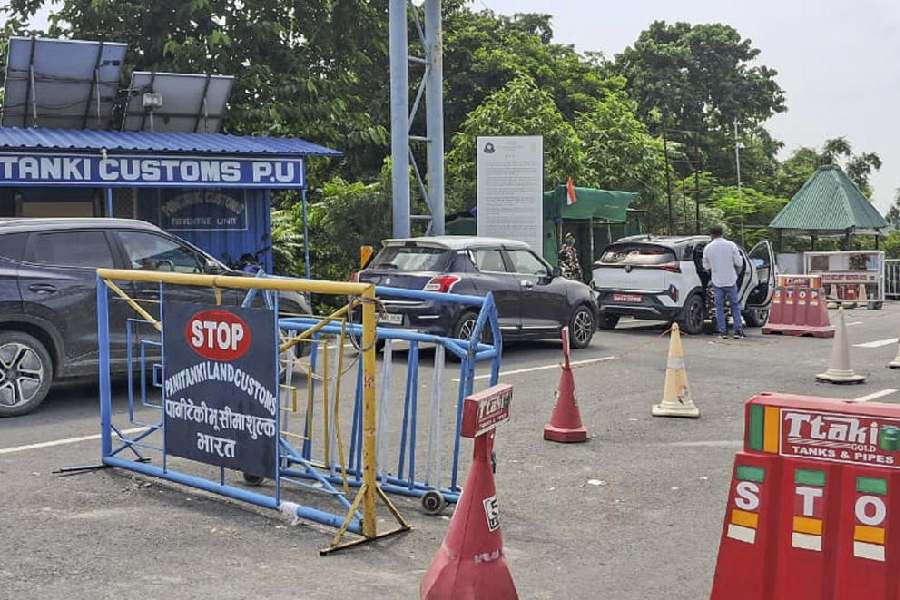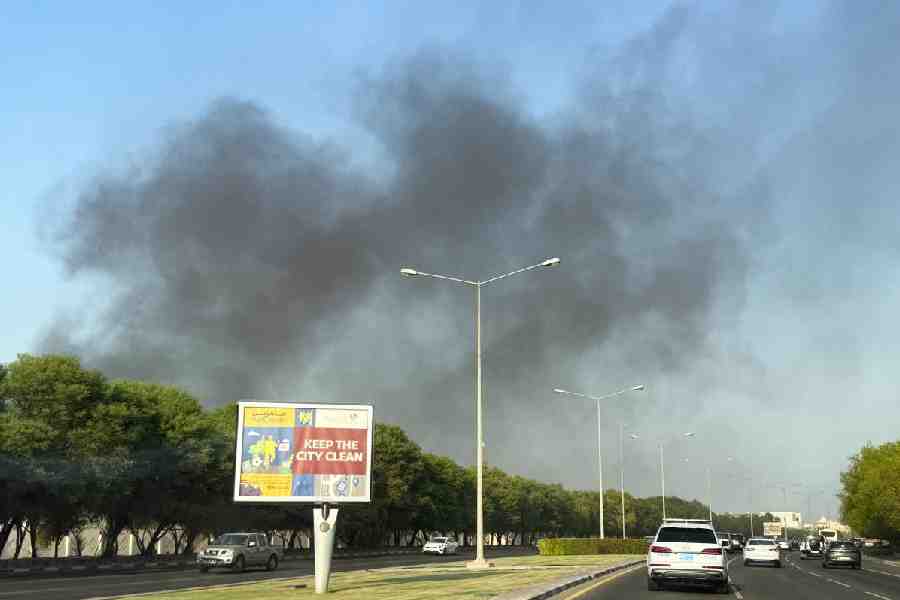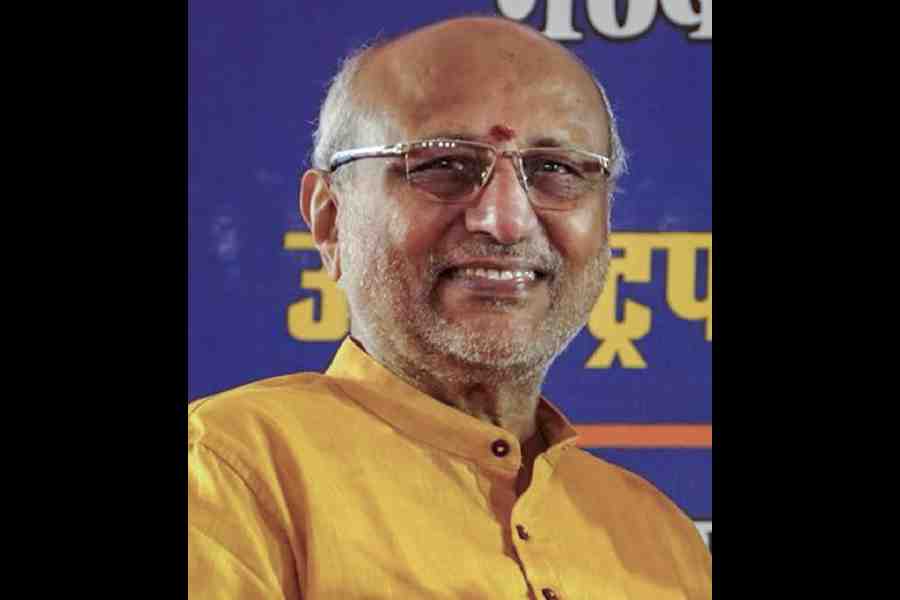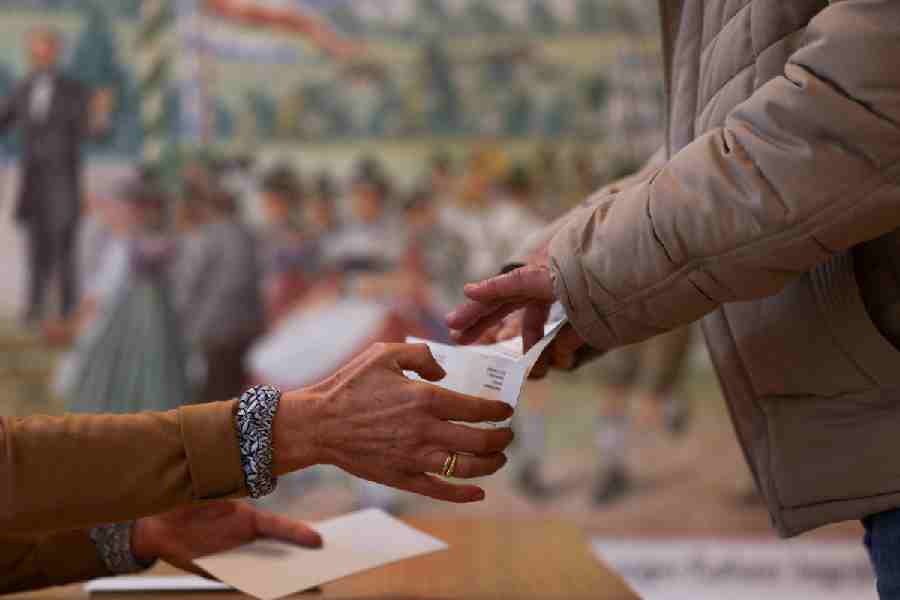
Traffic challans, those dreaded slips issued by the police to offenders under Motor Vehicles (MV) Act, have gone digital in capital Ranchi from Wednesday, a new step in the field of e-governance to ensure the process of issuing fines under various slabs is transparent and hassle-free.
Instead of physical challans to charge fines from traffic violators, Ranchi police has introduced the e-challan system on pilot basis at four roundabouts in the city for starters.
Rajendra Chowk, Birsa Chowk, Radium Chowk and Argora Chowk have been chosen as sites for the e-challan system for now. Based on feedback from these four places, the system will be introduced at the other 36 posts of the capital.
"This is for the first time in Jharkhand that such a system has been developed," Ranchi SP (traffic) Manoj Ratan told the media at his office on Wednesday afternoon. "Software engineers working at the data centre situated at state police headquarters in Dhurwa have developed the system," he said.
Based on the system, when anyone is caught violating the MV Act, traffic personnel will click photographs of the offender and offence as evidence for future legal action. Then, police will key in the registration number of penalised vehicles in an android-enabled tablet (tab). Once the registration number is entered, the entire details of the vehicle including its owner's name, chassis number and other details will appear on the tab.
Once the traffic police personnel ticks the section/s under which fine has to be imposed for a specific offender, the sums will be automatically calculated.
Initially, a bluetooth printer has also been given with each tab to give a printed receipt to the violator once fine is collected but later on system will be paperless. One can see the challan on e-challan.jh.police.gov.in.
The database of vehicles has been prepared from January 1, 2005. Asked what would happen if a vehicle with a registration number dated before January 1, 2005 was caught, traffic SP Ratan said in that case the details would be entered manually.
In addition, database of fine collection has been prepared from January 1, 2016, so that repeat offenders from now can get caught automatically.
"Under the e-challan system, there is a provision of storing data on the server. Once the data regarding collection of fines is stored, it will appear automatically when the same vehicle is again caught in another act of violation," traffic SP Ratan said.
On photographing evidence, Ratan said it was a must.
"Often people accuse traffic personnel of harassment. But, if we have photographic evidence, no one can do so. If anyone is caught riding without helmet, his helmet-less photograph will be taken. If someone is caught driving a vehicle without a number plate, a photograph of his vehicle will furnish the proof," he said.
Software engineer Premchandra Kumar, in the team of those who developed the system, said they had attempted to iron out the tech snags in a city where Internet connectivity was a problem. "If Internet is not available, traffic police can load data offline and later transfer it online. Effort has been made to transfer manual booklet on the software," he said.
Fellow techie Satyendra Kumar Sinha added: "Initially, fines will be collected on the spot. But later, one can deposit fine online with the help of e-banking."
WITH INPUTS FROM VIJAY DEO JHA










